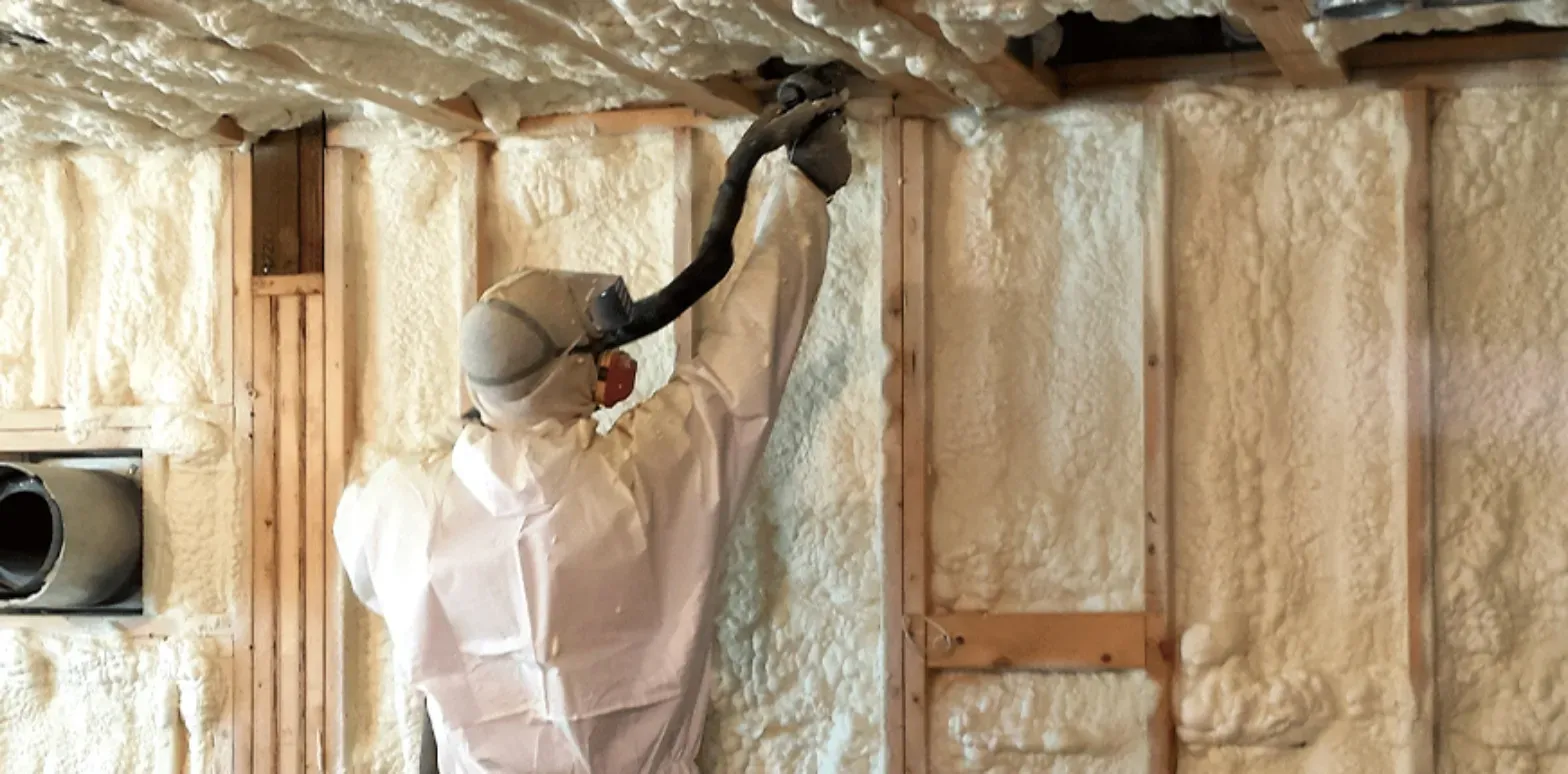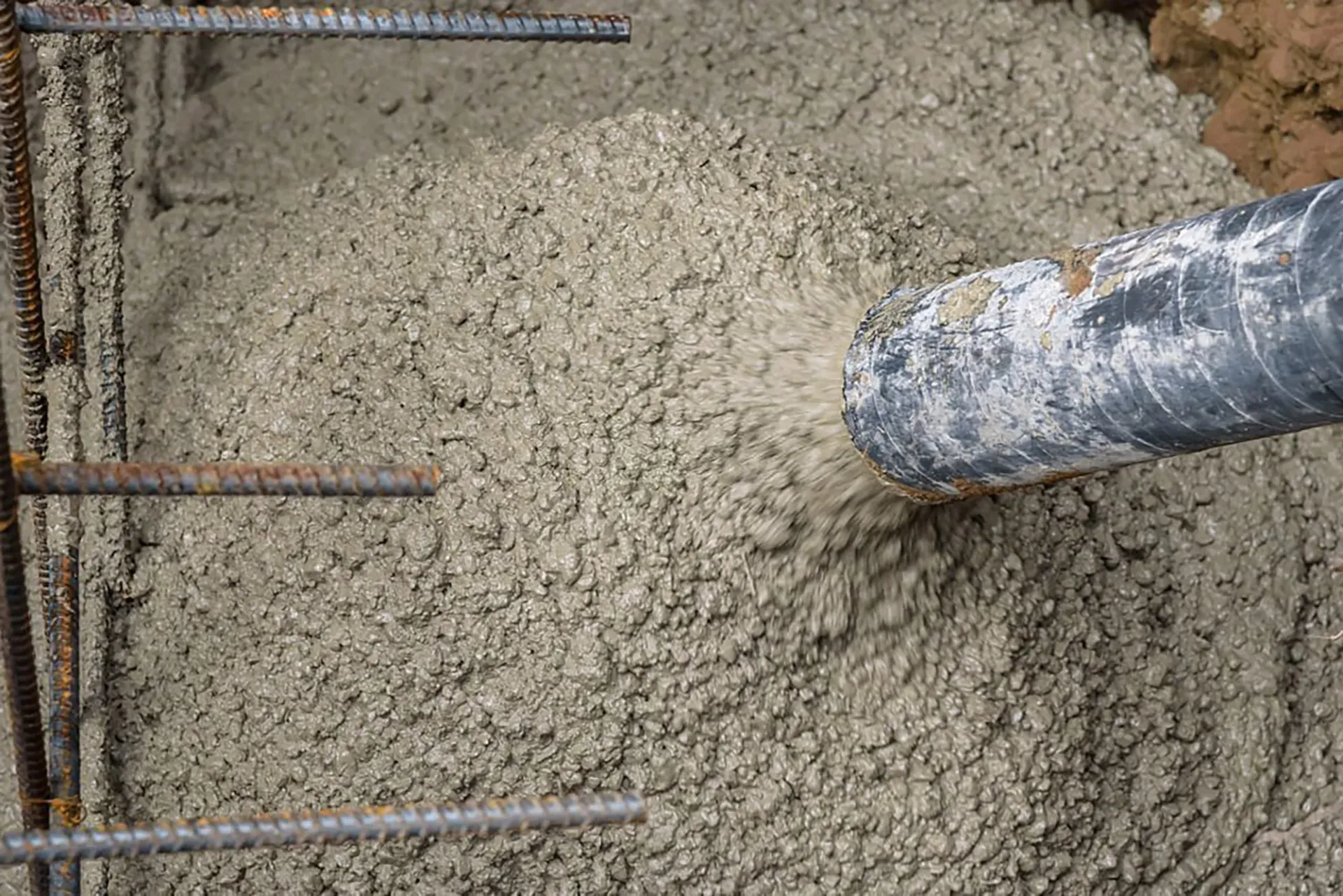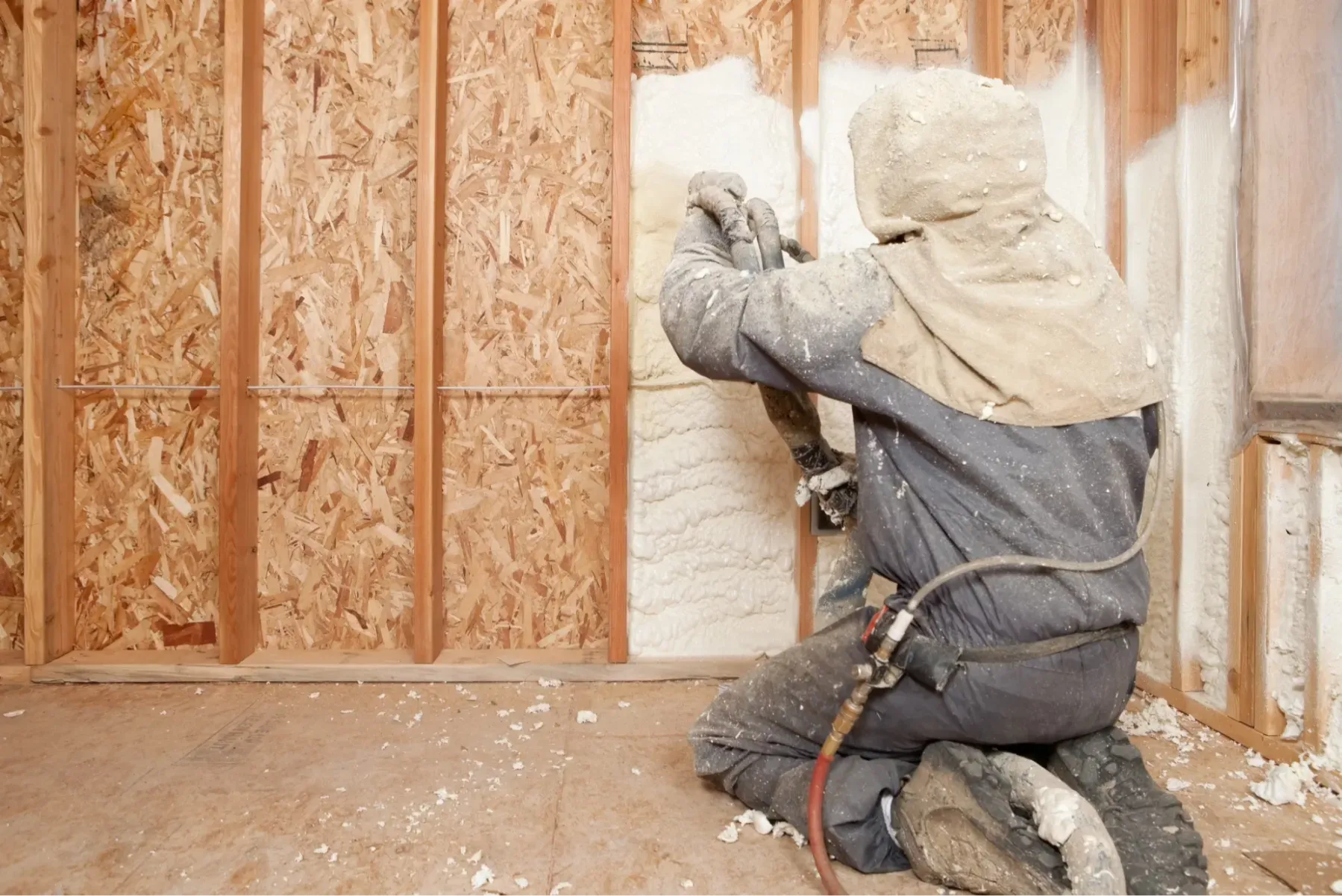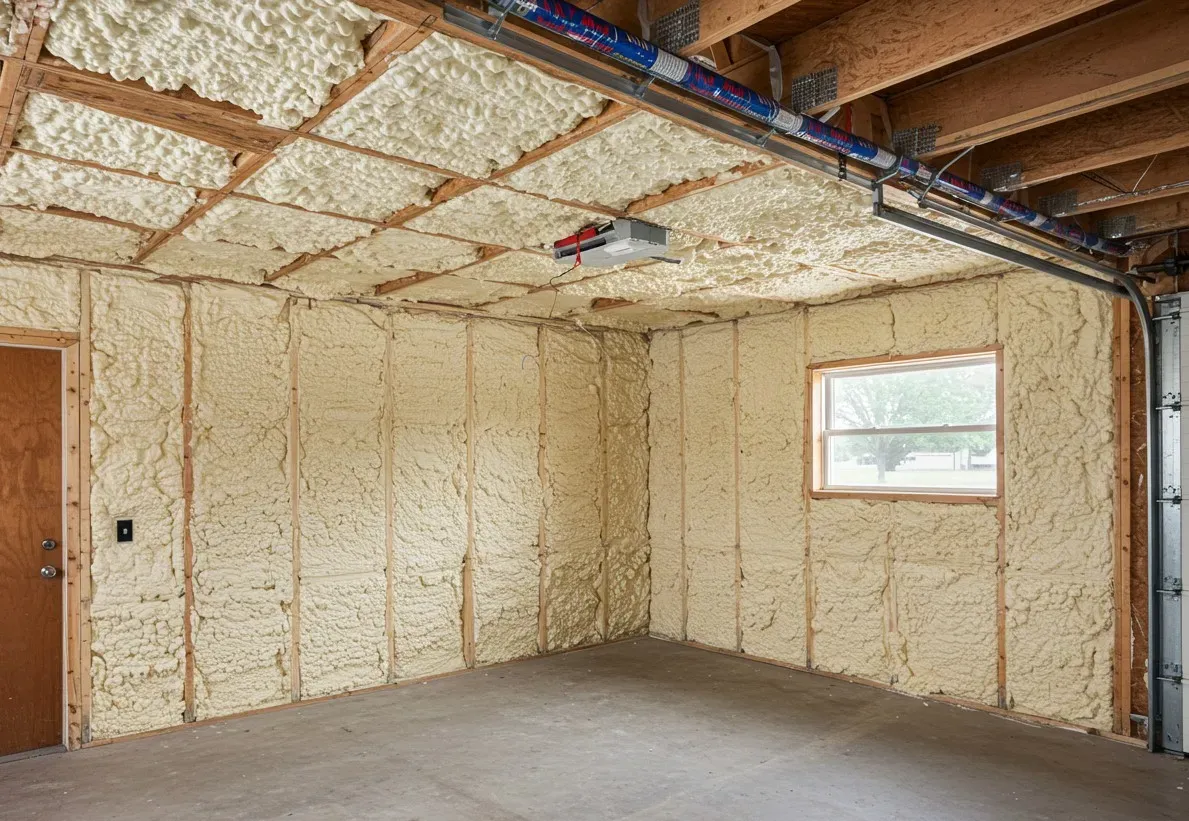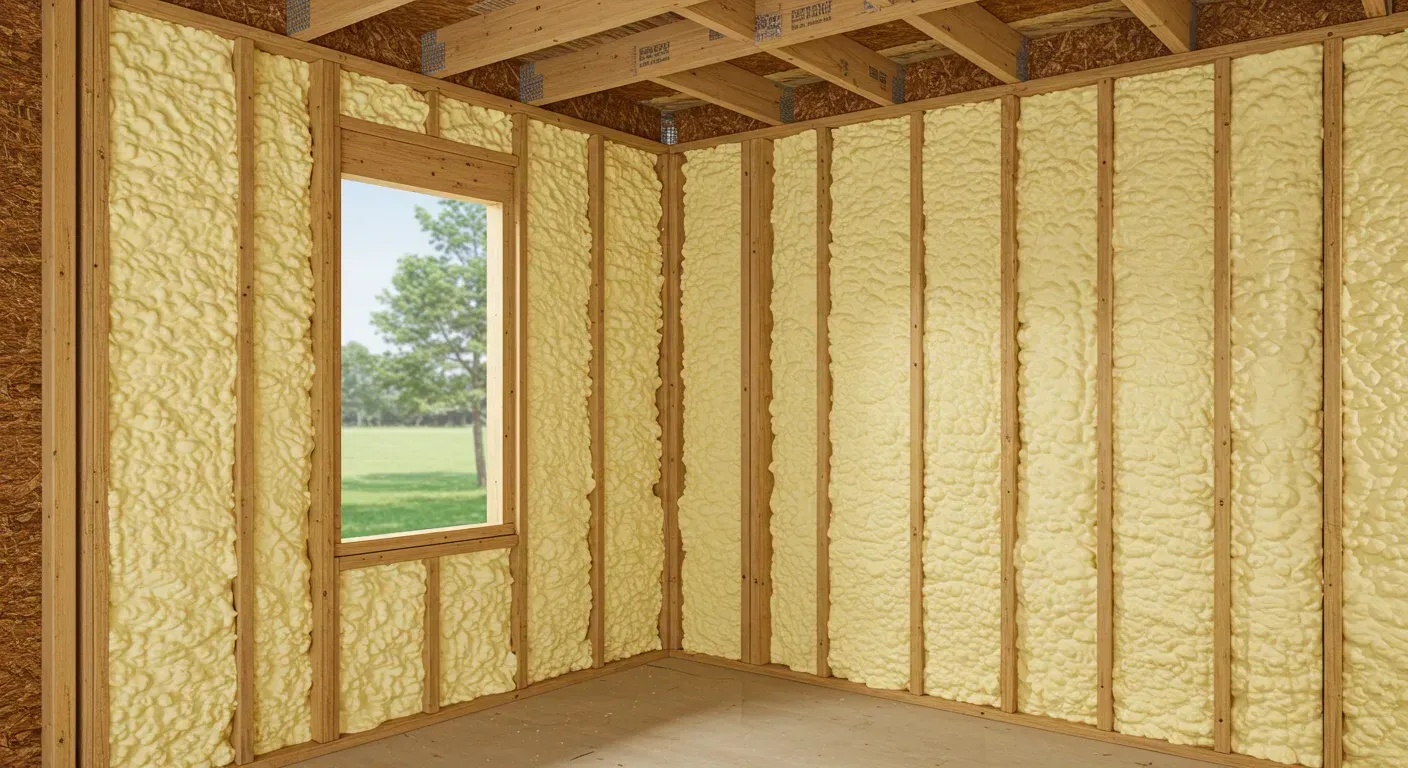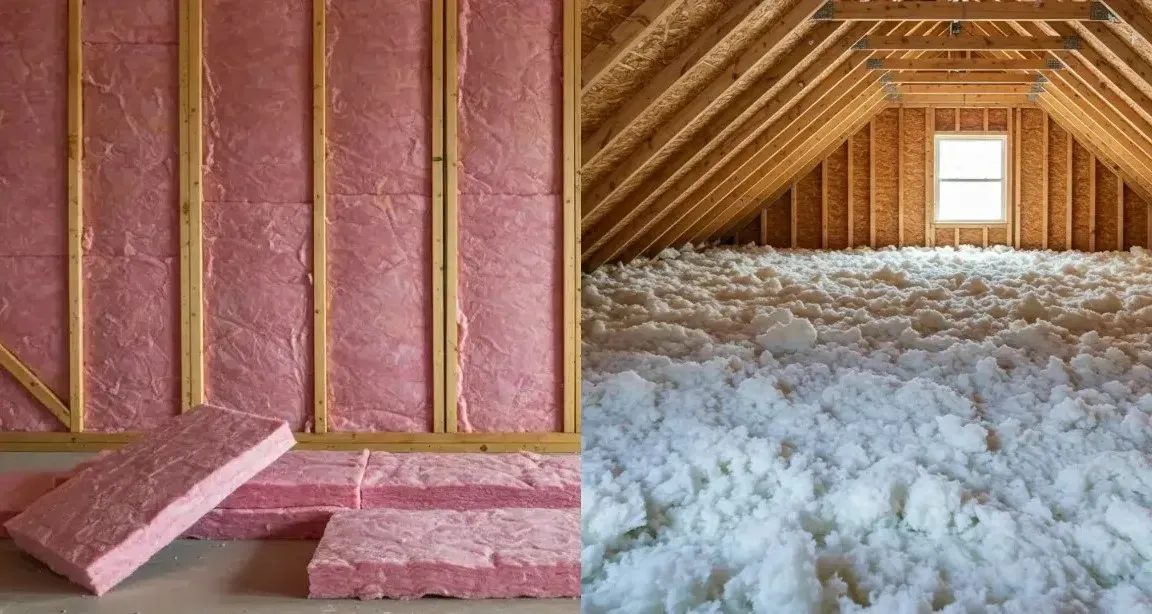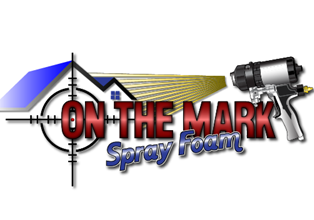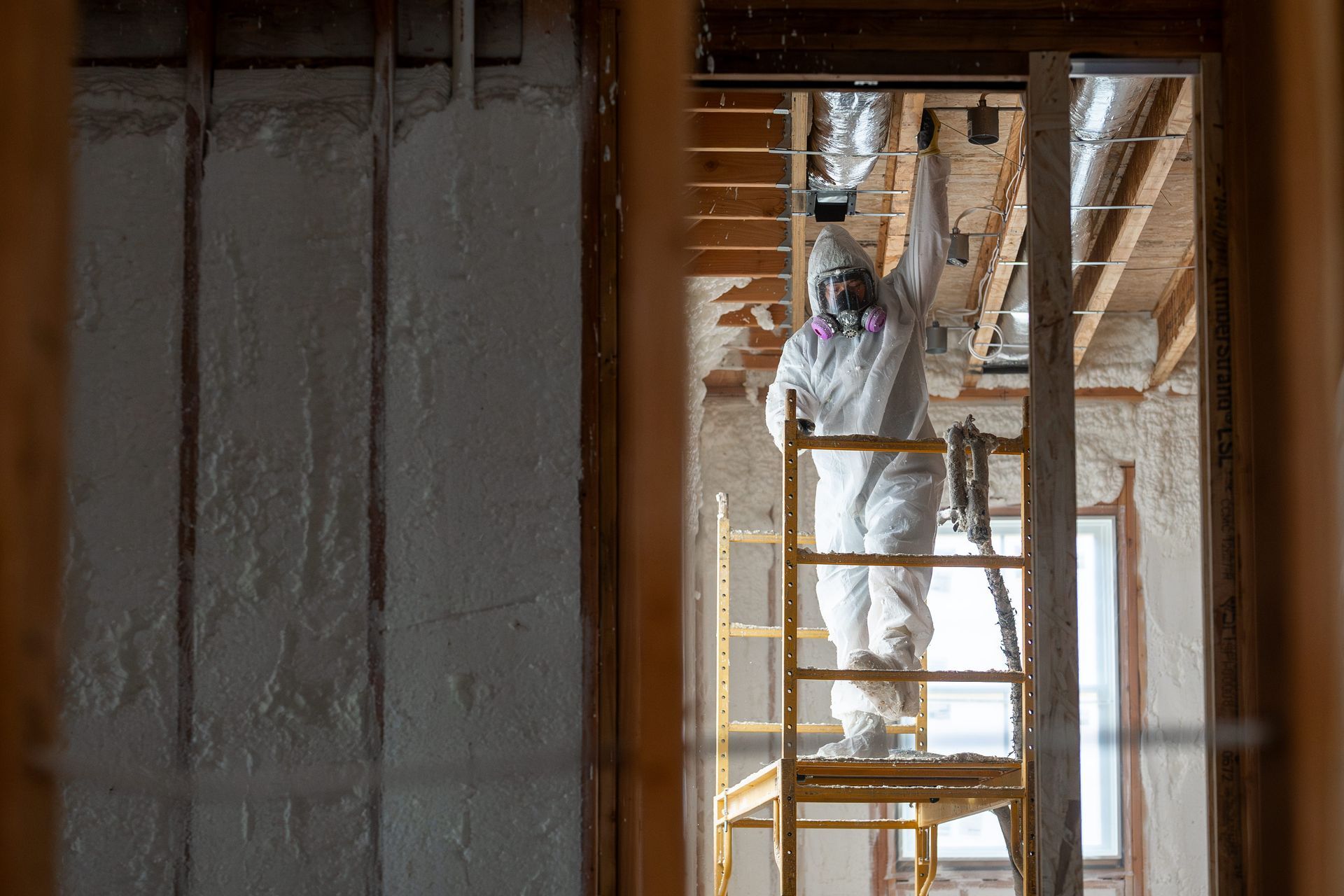Is Spray Foam Insulation Fire-Resistant? Understanding Safety and Benefits
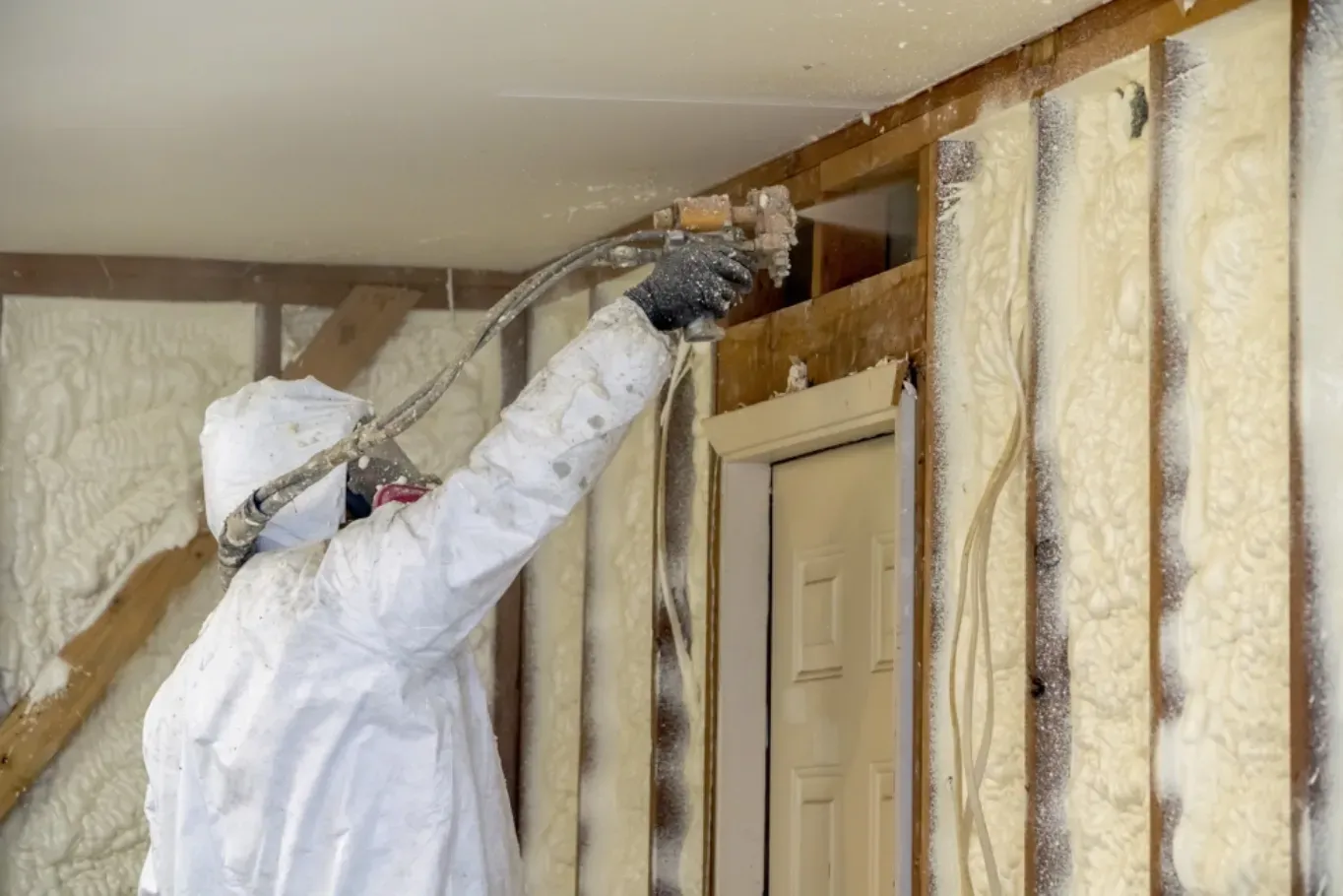
Introduction
Spray foam insulation is widely used for its energy efficiency and air-sealing properties. Homeowners and contractors often ask whether spray foam is fire-resistant and how it impacts overall building safety. Understanding its fire resistance can help in making informed decisions about insulation choices.
Understanding Fire Resistance in Spray Foam Insulation
Spray foam insulation consists of two primary types: open-cell and closed-cell. Both provide insulation benefits, but their fire resistance varies based on composition and treatment. Manufacturers typically include fire-retardant additives to reduce flammability, ensuring compliance with building codes and safety regulations.
How Spray Foam Reacts to Fire
Spray foam is classified as a combustible material, meaning it can ignite under high heat. However, most formulations contain flame-retardant chemicals that slow ignition and reduce the spread of fire. This helps in delaying fire damage and providing occupants with additional time to evacuate.
Fire Ratings and Compliance
Spray foam insulation is tested and rated based on ASTM E84 (Standard Test Method for Surface Burning Characteristics of Building Materials). It is categorized as Class 1 or Class A, meaning it has low flame spread and smoke production. Compliance with local building codes ensures safe application and usage.
Factors Affecting Fire Resistance
Type of Spray Foam
- Open-cell spray foam: Less dense, with a lower R-value and higher air permeability. It burns more readily but can be treated with fire-retardant coatings.
- Closed-cell spray foam: Denser and more rigid, offering better resistance to fire and moisture. It contains higher concentrations of flame-retardant additives.
Presence of Fire Retardants
Fire-resistant spray foam contains additives such as polyphosphates and brominated compounds that reduce combustion and limit the spread of flames.
Building Code Requirements
Building codes require spray foam insulation to be covered with a thermal barrier, such as drywall or an intumescent coating, to enhance fire resistance. These barriers help prevent direct exposure to flames and high temperatures.
Safety Considerations When Using Spray Foam
Proper Installation
Professional installation ensures compliance with fire safety standards. Trained technicians apply the foam correctly, minimizing gaps and ensuring adequate coverage with thermal barriers.
Ventilation and Curing Time
During installation, spray foam releases gases that can be hazardous if not ventilated properly. The curing process typically takes 24 hours, after which the material becomes stable and safe.
Fire Barrier Coatings
To improve safety, spray foam can be coated with fire-resistant materials. These coatings expand when exposed to heat, forming a protective layer that slows combustion.
Applications and Fire Safety Precautions
Residential Buildings
- Used in attics, crawl spaces, and walls to improve insulation.
- Must be covered with drywall or fire-rated coatings for added safety.
Commercial and Industrial Structures
- Applied in warehouses, factories, and office buildings.
- Requires compliance with strict fire codes and additional fireproofing measures.
Vehicles and Specialty Uses
- Found in refrigerated trucks and marine vessels.
- Requires careful selection of fire-resistant formulations for safety compliance.
Ensuring Fire Safety in Insulated Spaces
- Use thermal barriers as required by code.
- Conduct regular inspections to check for exposed foam.
- Install smoke detectors and fire suppression systems for additional protection.
- Choose reputable insulation providers for professional application.
Reliable Insulation Solutions for Fire Safety
Choosing a fire-resistant spray foam formulation and ensuring proper installation are key to maintaining a safe indoor environment. At On the Mark Spray Foam, we provide insulation solutions that meet fire safety standards while improving energy efficiency. Our team follows industry best practices to ensure compliance with local building codes.
For professional spray foam installation, contact On the Mark Spray Foam at (813) 921-0444 or email info@onthemarksprayfoam.net.
FAQs
1. Is spray foam insulation fireproof?
No, spray foam insulation is not fireproof but contains fire-retardant additives that slow combustion and flame spread.
2. What is the fire rating of spray foam insulation?
Most spray foam products are rated Class 1 or Class A, meaning they have low flame spread and smoke production.
3. Does spray foam require a fire barrier?
Yes, building codes require spray foam insulation to be covered with a thermal barrier like drywall or an intumescent coating.
4. Can spray foam insulation ignite from high temperatures?
Yes, if exposed to extreme heat, spray foam can ignite. Fire-retardant additives help delay ignition.
5. Are open-cell and closed-cell spray foams equally fire-resistant?
Closed-cell foam is more fire-resistant due to its density and higher concentration of fire-retardant additives.
6. Does spray foam produce toxic fumes when it burns?
Like many building materials, burning spray foam can release toxic fumes. Fire safety measures should be in place.
7. How can I improve the fire safety of my spray foam insulation?
Use a fire-resistant coating, install a thermal barrier, and follow local building codes for added protection.
8. Can I install fire-resistant spray foam myself?
Professional installation is recommended to ensure proper application and compliance with fire safety regulations.
9. Is spray foam insulation safer than fiberglass in terms of fire resistance?
Both have fire-resistant properties, but fiberglass does not ignite, while treated spray foam slows combustion.
10. Will my insurance cover fire damage if I use spray foam insulation?
Insurance policies vary. It’s best to consult with your provider to confirm coverage for fire-related incidents.
